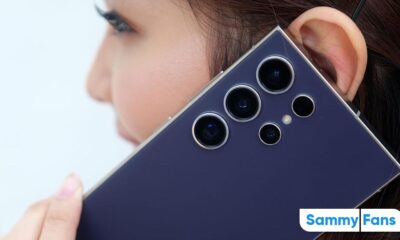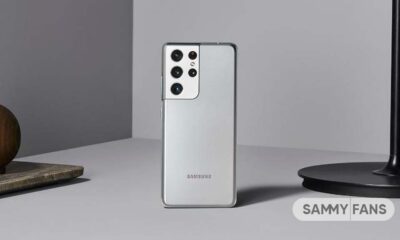Wearables
This is how Samsung’s upcoming Galaxy Fit 3 looks!
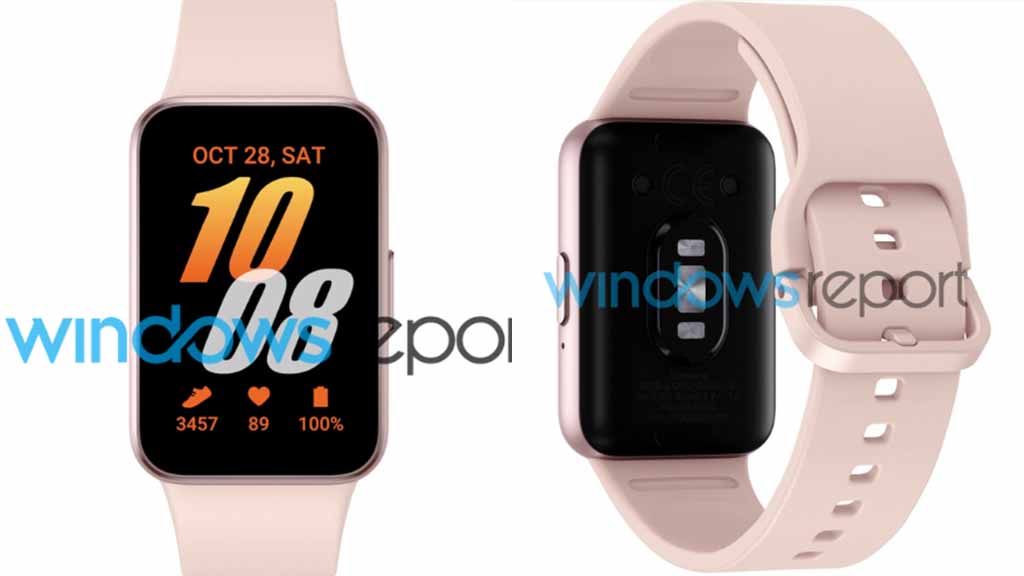
Ahead of the official unveiling, we got our first look at Samsung’s upcoming Galaxy Fit 3. Compared to its predecessor, the company’s next fitness tracker gadget has a large display. As the Fit 3 arriving after a gap of over 3 years, Samsung has made notable evolution in design.
As shown in the renders revealed by WindowsReport, Samsung’s Galaxy Fit 3 has a much bigger display than the Fit 2. The report says that the device may be powered by Android-based Wear OS, rather than the conventional rtOS along with a vivid AMOLED display.
Follow our socials → Google News | Telegram | X/Twitter | Facebook | WhatsApp

The inner side of the Fit 3 indicates at use of a heart rate monitor sensor and docking connections. However, it might introduce the GPS sensor that the older model lacked. Notably, the renders show no possibility of easily changing the band, which Fit 2 offered.
It’s expected to launch soon, or along with the Galaxy S24 series in January 2024.

Wearables
Samsung XR glasses to share Ray-Ban Meta specs, skip display

Samsung’s new XR glasses are expected to launch in the second half of 2025. These glasses are being made in partnership with Google. A new report reveals that the glasses will share some features with the popular Ray-Ban Meta smart glasses but will not have a display.
According to the information, the upcoming XR glasses of Samsung will be powered by Qualcomm’s AR1 chipset, the same used in Ray-Ban Meta glasses. While details on the specific AR1 version remain unclear, the use of Qualcomm’s chip suggests a focus on lightweight, efficient computing.
Like the Ray-Ban Meta glasses, Samsung’s XR glasses will reportedly sport a 12MP camera and a 155 mAh battery, giving them a similar form factor. It also claims to weigh around 50 grams slightly heavier than the Ray-Ban model.

Nurphoto | Nurphoto | Getty Images
There has been much speculation about whether these glasses would feature a display, and the fresh report suggests they will not. It would be hard to add a display while keeping the glasses lightweight, so Samsung is likely skipping this feature.
Even without a display, the Samsung XR glasses will still include some smart features. These include AI functions for making payments, scanning QR codes, recognizing gestures, and even identifying people.
Although the full details aren’t clear, it seems the glasses will offer more capabilities than the Ray-Ban Meta glasses. The Samsung XR glasses are expected to be released in late 2025, but Samsung might tease them off earlier.
Samsung crafting mixed-reality smart glasses with Qualcomm, Google
Wearables
Fresh Samsung Galaxy Watch 6 Plugin Beta unlocks new watch faces
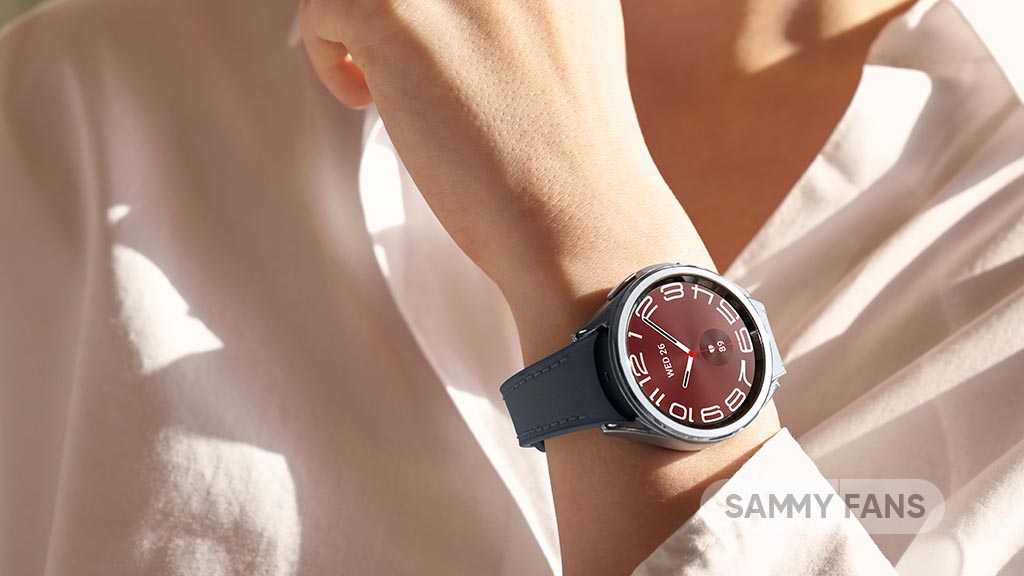
Samsung has rolled out a new beta update for the Galaxy Watch 6 Plugin app, introducing new features and fixes for users enrolled in the One UI 6 Watch Beta program. Identified as version 2.2.13.24110851, the fresh update enhances Galaxy Watch users’ functionality and customization options.
The fresh beta update adds the ability to install watch faces from the Galaxy Watch Ultra and Galaxy Watch 7, spotted on update notes. Now, Galaxy Watch 6 users can enjoy more watch faces that were previously available only on the newer Galaxy Watch models.
This new capability gives users more options to personalize the look of their watch, similar to the latest Galaxy watches.
Along with the new watch face options, this update also fixes some bugs and improves overall performance. However, the changelog does not mention specific details in the changelog.
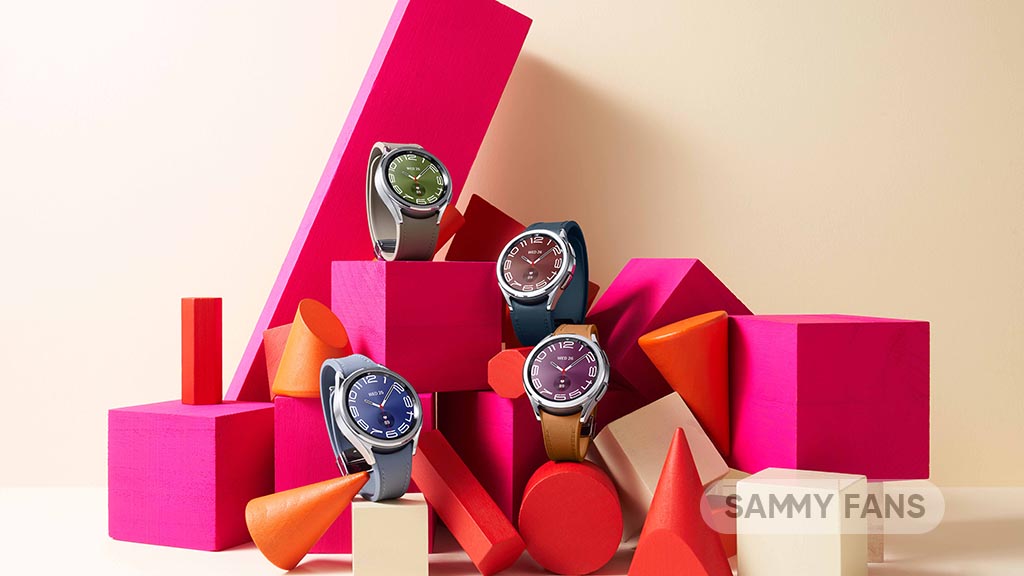
The installation package size of this update is around 155MB. The new version aims to make the Galaxy Watch 6 Plugin app run more smoothly for those testing the One UI 6 Watch Beta.
By adding more customization options and fixing issues, Samsung hopes to give users a better, more enjoyable smartwatch experience.
If you’re testing the One UI 6 Watch Beta, you can download this update now through the Galaxy Store or from the third-party app link mentioned here. Once installed, you’ll be able to enjoy the new watch faces and benefit from the improvements that come with this update.
Wearables
Samsung Galaxy Ring 2: A sneak peek at what’s coming next

Launched in July 2024, the Samsung Galaxy Ring marked the company’s first step into the wearable ring market. The device gained attention for its health-focused features and innovative design. Now, a new report suggests that Samsung is already working on a successor, the Galaxy Ring 2.
According to a leaker on Naver, the Galaxy Ring 2 could be released sooner than the original Galaxy Ring. While the exact launch date is still unclear, several improvements have already been revealed.
The first Galaxy Ring offered health-tracking features like heart rate monitoring and sleep tracking. Now, it looks like Samsung plans to take things further with the new version.
The Galaxy Ring 2 is expected to have a longer battery life, which was a common user issue with the original model. Many users said they needed more time between charges.

In addition to better battery life, the new ring is likely to include more features, such as fitness tracking, notifications, and other smart functions. This would make the Galaxy Ring 2 much more versatile than just a health tracker.
Another improvement is the design. The new version is expected to be slimmer and more comfortable, which makes it easier to wear for long periods.
With these updates, the Galaxy Ring 2 could become a stronger competitor in the wearable market. The new version of Galaxy Ring is surely to be a more polished device that could even be an alternative to smartwatches. Stay Tuned for more updates.
Samsung Galaxy Ring
Samsung Galaxy Ring features a sleek design with dimensions of 7.0 mm x 2.6 mm, 24-hour-a-day health monitoring, long-lasting battery from 18mAh (Size 5) to 23.5mAh (Size 13), Galaxy AI features, and more.
Moreover, the Galaxy Ring provides comprehensive health insights and analysis via the Samsung Health app without any additional fees. It gives detailed metrics on sleep patterns, including movement, sleep latency, heart rate, and breathing rate during sleep.
Galaxy Ring Tip: How to measure your heart rate automatically or manually during workouts



